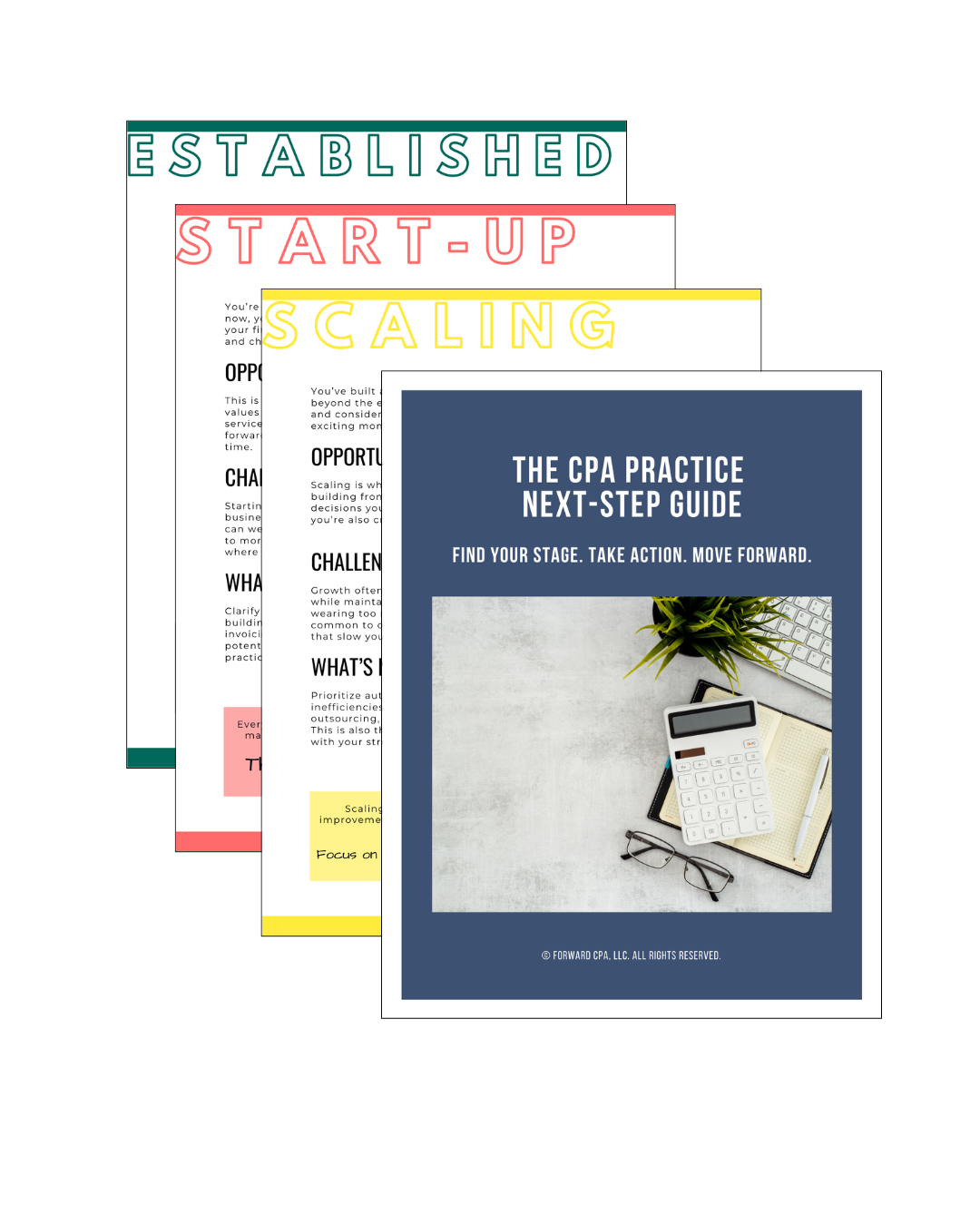What to Do When the Client's Trial Balance Doesn't Make Sense
Nov 15, 2025
You’re ready to start fieldwork.
You open the trial balance, expecting a clean slate to work from—and instead, you get:
-
Negative cash
-
Unbalanced journal entries
-
Revenue in the expenditure accounts
-
Ending fund balances that don’t roll forward
You take a deep breath and think:
“This doesn’t make any sense.”
If you’ve been auditing government entities for any amount of time, you’ve been here. Whether it’s a small district with staff turnover or a city juggling outdated software, messy trial balances happen.
And when they do, how you respond matters.
Here’s what to do—step by step—when the client’s trial balance just doesn’t make sense.
1. Pause Fieldwork and Diagnose the Scope of the Problem
Don’t try to power through a broken trial balance.
If it’s wrong, every schedule you build on top of it will be wrong too.
✅ First, ask:
-
Is it unbalanced? (Assets ≠ liabilities + fund balance)
-
Are there obvious errors? (Negative cash, missing accruals, misclassed accounts)
-
Do the fund balances match the prior year?
-
Were year-end entries posted?
Get a high-level understanding before digging into individual accounts.
2. Ask for Supporting Reports (and the Right Person to Walk Through Them)
A trial balance is only as helpful as the reports that support it.
Ask for:
-
Year-end general ledger detail
-
Final bank reconciliations
-
A list of journal entries made after year-end
-
A copy of last year’s ending balances, by fund
Then ask to meet with whoever prepared the trial balance—whether that’s the bookkeeper, business manager, or outsourced accountant.
✅ In the meeting:
-
Walk through how the trial balance was created
-
Confirm which entries have been posted (and which haven’t)
-
Clarify any unfamiliar account groupings or codes
-
Ask what’s been reviewed internally before submission
This isn’t a blame game—it’s a fact-finding mission.
3. Isolate What’s Reliable—and What Needs Cleanup
Not everything is broken. But not everything is usable either.
✅ Do a quick triage:
-
Green light: Cash accounts that reconcile to bank statements, payroll entries tied to reports
-
Yellow light: Capital asset balances that look close but lack detail, due-to/due-froms with no support
-
Red light: Unposted journal entries, funds that are materially off from prior year, unexplained negative balances
You don’t have to fix everything before continuing, but you do need to know what you can rely on.
4. Decide Whether You or the Client Will Lead the Cleanup
This is a critical fork in the road.
✅ If the issues are minor:
-
You can help walk the client through a few adjustments
-
Offer guidance or templates (within independence boundaries)
-
Track AJEs and keep documentation for review
✅ If the issues are widespread:
-
Recommend that the client pause and finalize their books
-
Provide a prioritized list of what needs correction
-
Consider adjusting the timeline or fee if your support goes beyond typical audit scope
When in doubt, protect your independence and document everything.
5. Use the Audit as a Teaching Moment—Not Just a Cleanup Task
Once the dust settles, take time to help the client understand what went wrong—and how to prevent it next year.
Offer suggestions like:
-
Monthly trial balance reviews
-
Reconciliations saved in an internal audit folder
-
Journal entry checklists
-
Training for new finance staff
-
A pre-close checklist to walk through each year
A messy trial balance is frustrating. But it’s also a chance to help your client improve.
6. Adjust Your File for Peer Review Protection
When you’ve had to help the client clean up their records mid-audit, make sure your documentation reflects that reality.
✅ Your file should include:
-
Initial TB with issues highlighted
-
Summary of issues identified
-
Communication with client about needed corrections
-
Final TB with tie-outs
-
Clear documentation of AJEs and who approved them
-
Independence safeguards (if applicable)
Peer reviewers don’t expect perfection—but they do expect clarity.
When the Trial Balance Fails, Your Process Shouldn’t
A broken trial balance can throw off your timeline and test your patience.
But with a clear process, firm boundaries, and strong communication, you can navigate the chaos—and still deliver a clean, compliant audit.
✅ Don’t rush forward
✅ Get clarity before continuing
✅ Document everything
✅ Guide your client toward better systems
Because audits don’t fall apart when the trial balance is messy.
They fall apart when no one stops to fix it.
Your Next Step Forward
Join the newsletter designed to help CPAs take the next best step in building a practice they love, with practical insights, game-changing tools, and quick wins in every email.
We hate SPAM. We will never sell your information, for any reason.



